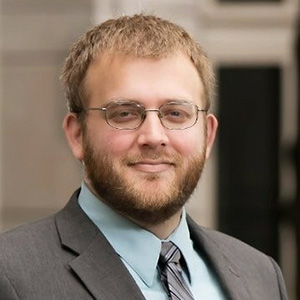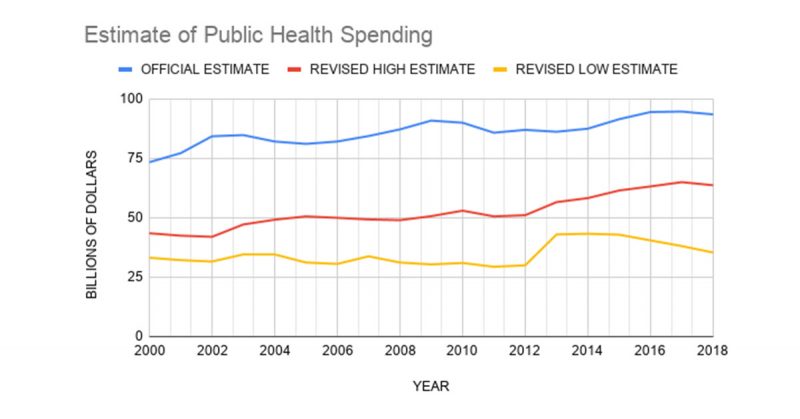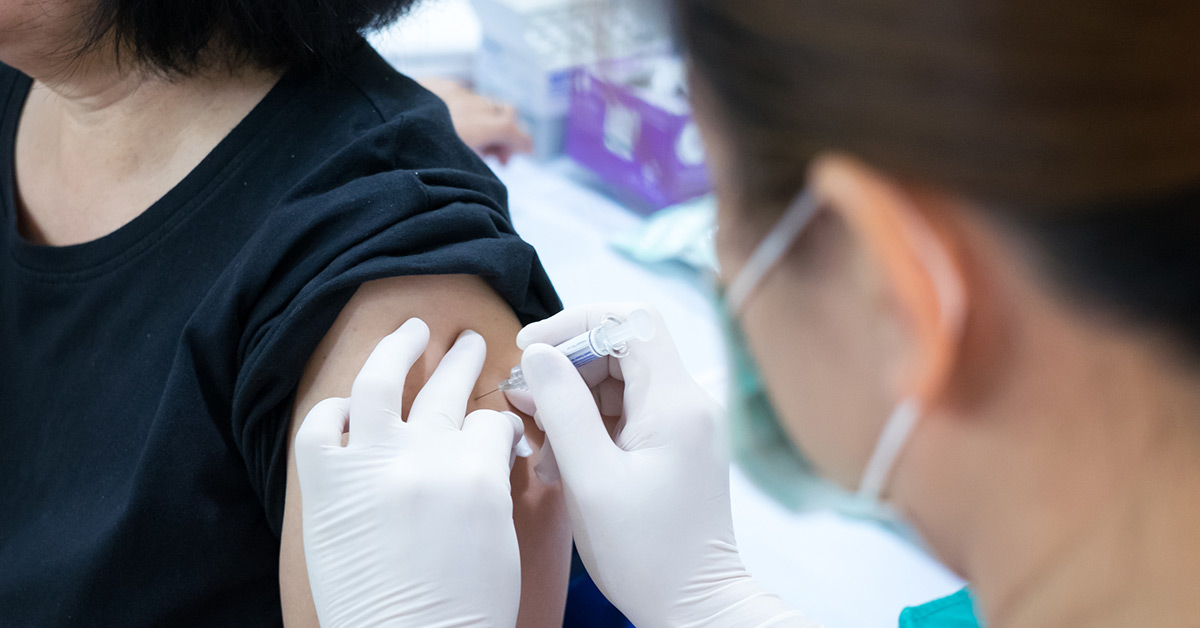In the months before the COVID-19 pandemic began, the U.S. federal government released its annual estimates for how much the nation spends on health. A small fraction of the $3.6 trillion dedicated to health spending — an estimated $93 billion — is allocated to governmental public health at the federal, state, and local levels. However, recently published research in the American Journal of Public Health from the School of Public Health (SPH) reveals that these federal estimates overestimate actual public health spending by as much as two-thirds.

Using 2.7 million expenditure records from state governments across the U.S. provided by the Census Bureau, researchers from the University of Minnesota, John Hopkins University and Arizona State University examined the extent to which data underlying the national estimates were accurately being captured as public health.
The study found:
- Only 39% of records that were being included in the official federal $93 billion Public Health Activity Estimate reflected true public health spending;
- Actual public health spending is only $36 to $54 billion per year, which is about one-third of the federal estimate;
- Inaccurately coded expenditures largely fell into behavioral health, disability-related clinical care, and outpatient direct medical care — all of which are double-counted elsewhere in the National Health Expenditure Accounts.

“In the National Health Expenditure Accounts, governmental public health spending is officially only $93 billion out of $3.6 trillion,” says study lead author JP Leider, a senior lecturer at SPH. “But in reality, governmental public health spending is maybe half that official number. Between COVID-19’s health and economic challenges — and profound disparities exacerbated by the pandemic — we need much more to protect and improve population health.”
“The federal government reported that public health spending is only about three cents of each health care dollar spent,” says study co-author J. Mac McCullough, an associate professor at Arizona State University. “Yet we found an even bleaker picture. To get to even that modest three cents per dollar level would require at least doubling our current spending levels.”
The researchers say that COVID-19 will continue to stress the public health system. Determining how much is actually spent on public health — and how much is needed — will be critical to sufficiently fund the ongoing COVID-19 pandemic response as well as other programs and services into the future.

